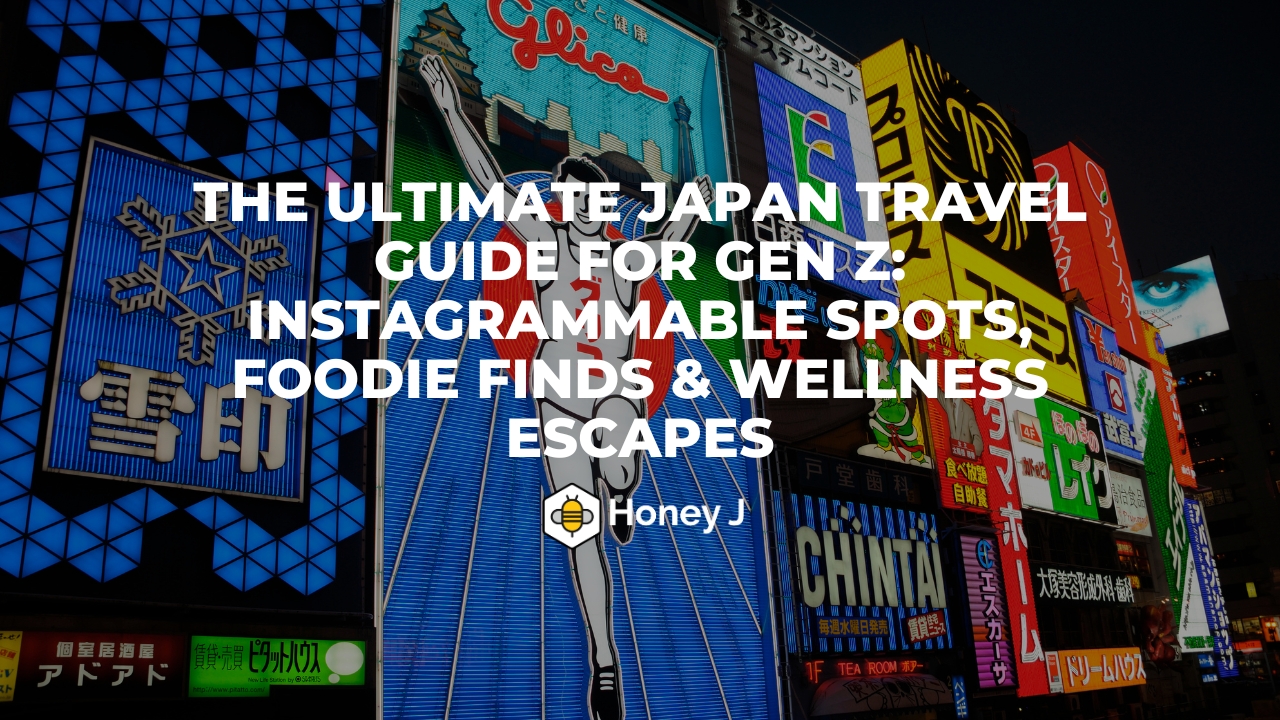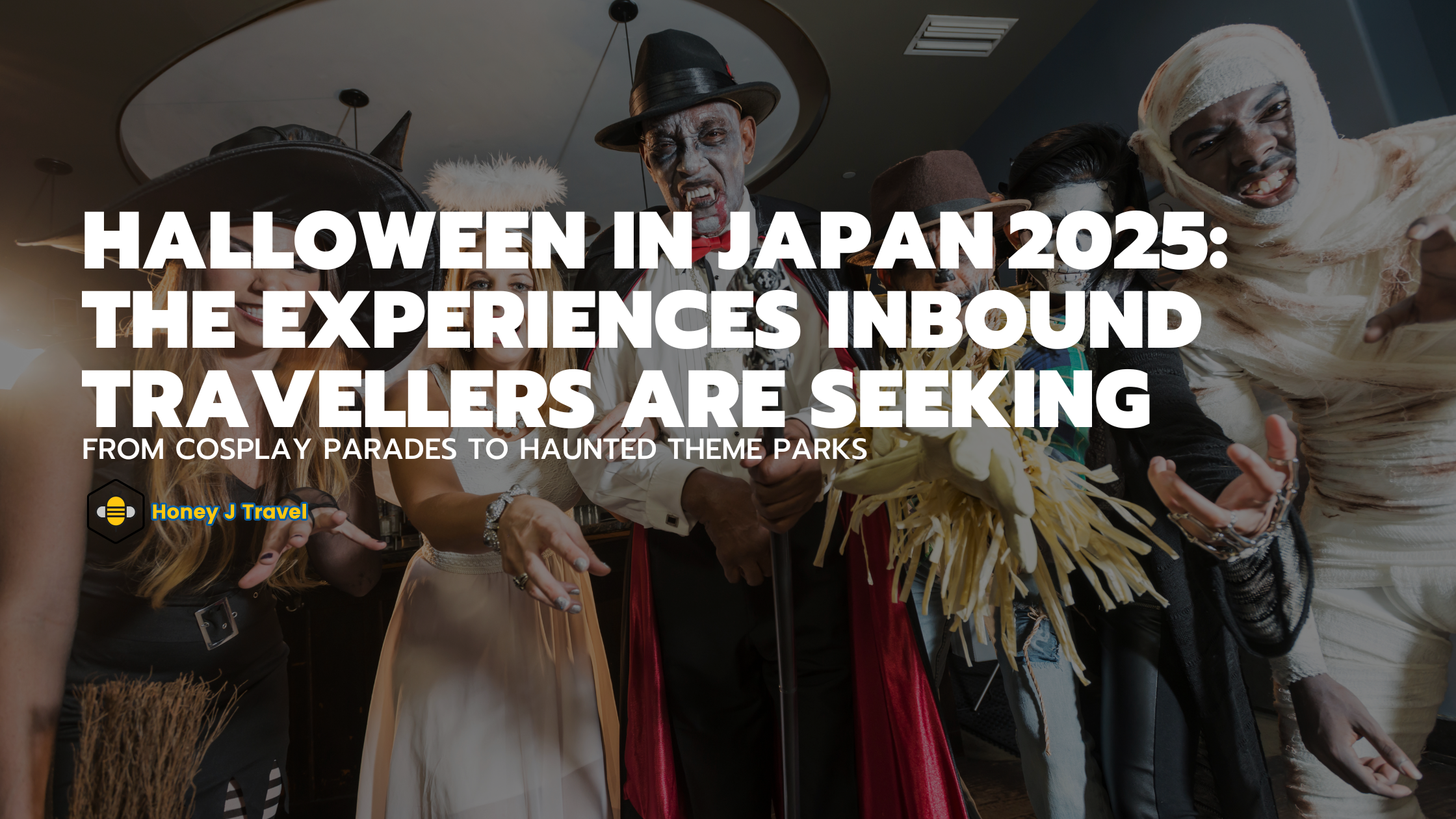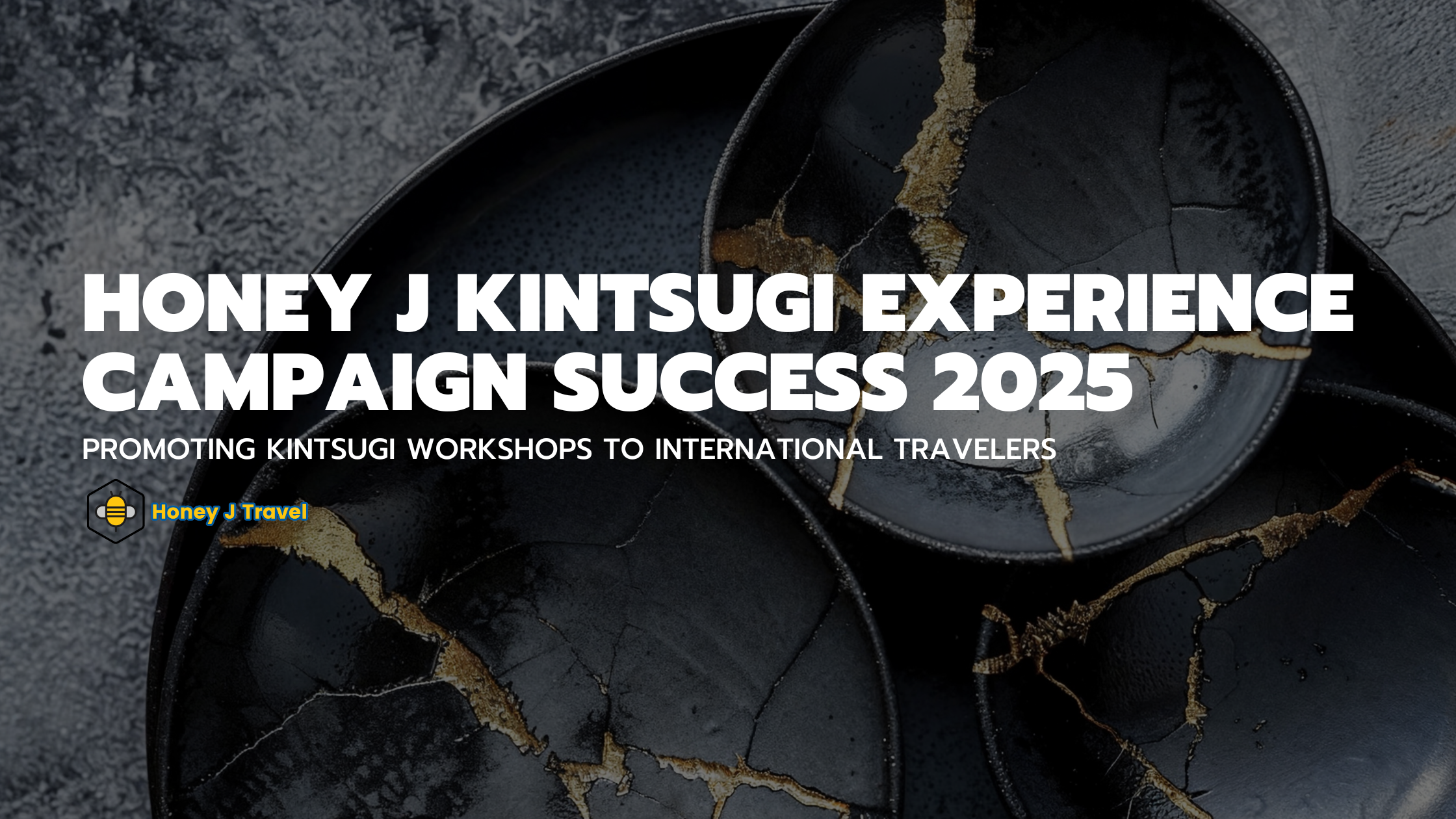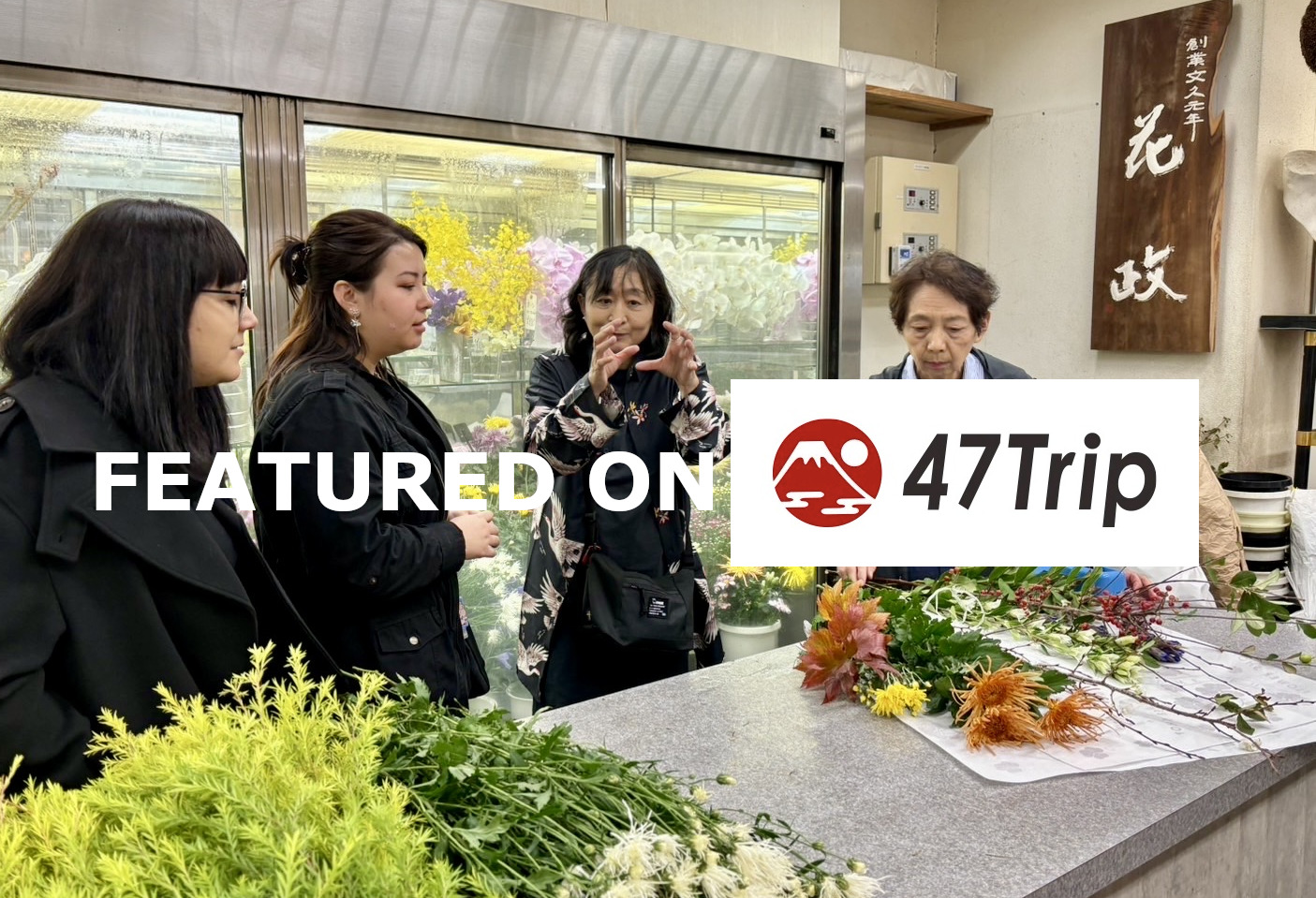
Edgin Ticzon
Writer
With its secure cities, effective transit, pop culture you grew up with, and countless scenes that are worth watching, Japan is the ideal destination for young tourists. Due to advantageous exchange rates and major events, inbound arrivals are still at record highs in 2025, with millions of visitors each month, solidifying Japan’s place on Gen Z’s bucket list.
You can find a destination that appeals to Gen Z’s values of wellness, experiential learning, and purposeful travel.
This useful, hype-free guide to Osaka and Kyoto, two cities that combine neon excitement with classic culture, is based on what Gen Z really wants: Instagram-worthy locations, culinary explorations, wellness retreats, solo-friendly options, and pop culture. When you’re prepared to explore more than just the sights, you’ll discover an easy way to reserve local culture trips that fit your interests.
Table of Contents
Why Japan Is Gen Z’s Dream Destination (Right Now)
- Purposeful travel and wellness:
Young tourists tend to seek out activities that enhance and rejuvenate, such as engaging with culture, spending time in nature, and promoting mental health. That need is satisfied by Japan’s long-standing wellness traditions, which include onsen, mindfulness in temples, and woodland bathing. - Solo travel friendly:
“Going it alone” is popular, particularly among Gen Z men at home, and demand for solo travel is growing globally. Japan is a great place for first-time soloists because of its transit, safety, and signage. - Social-first motivation:
Japan provides the aesthetics—street scapes, light art, café culture, and heritage architecture—that inspire travel ideas.
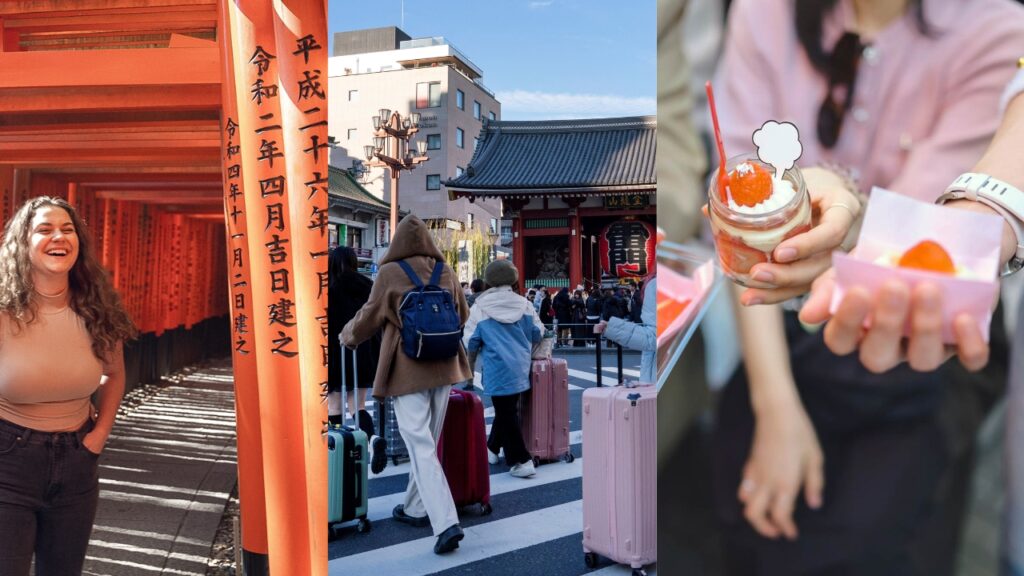
Top Instagrammable Spots (Osaka & Kyoto)
Osaka—Neon, Art, and Surreal Nightscapes
- The iconic neon corridor of Dotonbori and Namba, which features crab billboards and a Glico sign, is ideal for nighttime photography and street-food reels. (Expert advice: go at blue hour.) For photogenic food, Kuromon Market is just a short drive away.
- Namba Yasaka Shrine: a short stroll from Namba, the lion-head stage (12m high) offers an incredibly unusual photo opportunity.
- Designed for low-light creativity, teamLab Botanical Garden Osaka (Nagai Park) is a permanent outdoor night museum where digital art coexists with trees, water, and birds.
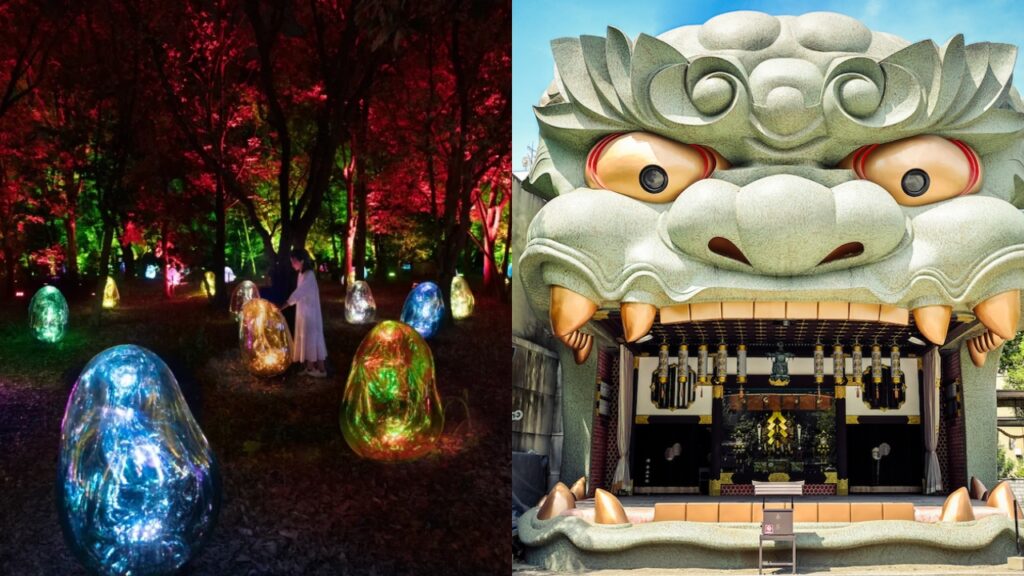
Kyoto—Historic Aesthetics That Still Hit the Feed
Arashiyama’s bamboo and Fushimi Inari’s torii gates are must-sees; plan your visit in advance. With more than 100 stores and stalls, Nishiki Market, sometimes known as “Kyoto’s Kitchen,” spans several blocks when hunger strikes. (Remember local etiquette: avoid eating while strolling.)
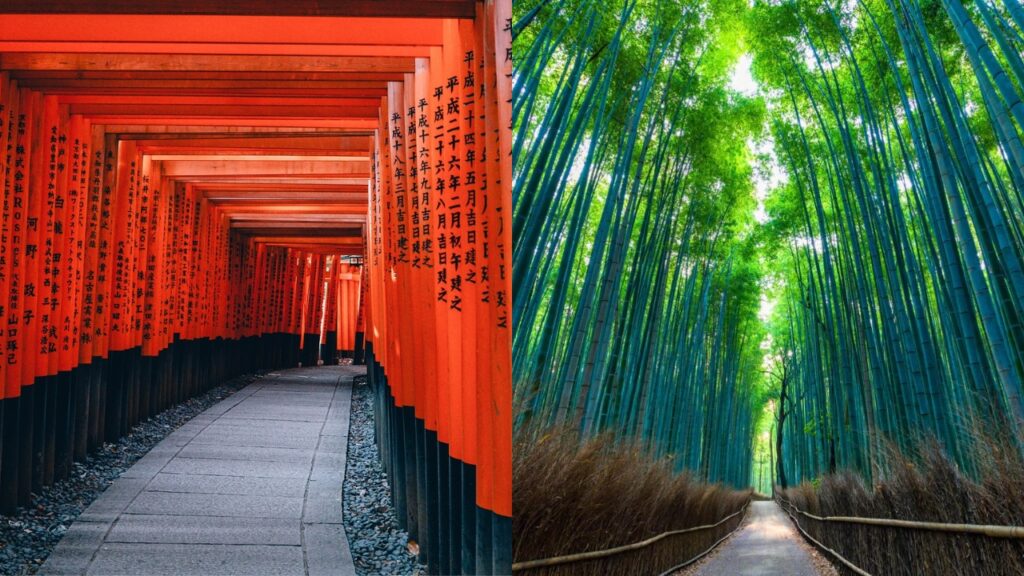
Foodie Adventures—From Markets to Hands‑On Culture
- Osaka = “the kitchen of the nation.” Start in Kuromon Ichiba, a 580-meter covered street that is well-known for its takoyaki, wagyū skewers, seafood bowls, and visually striking grab-and-shoot plating. You may stroll there from Dotonbori and Nipponbashi Station.
- Kyoto’s Nishiki Market, which is frequently run by families for generations, curates four centuries of culinary legacy, including pickles, tofu, sweets, and cutlery. Observe local laws by returning rubbish and eating next to the stall.
- Trends correspond to taste preferences.Men are more interested in solo and hobby-led travel, whereas Gen Z women are more inclined to go on gourmet-focused excursions (52%). Plan your meals (or your independence) appropriately.
- Pro tip: For a full culinary arc, combine a market stroll with a hands-on session (tea ceremony, sushi-making, wagashi), and then incorporate it into an evening izakaya crawl. (Single travel is also made more social via workshops and small-group tours.)
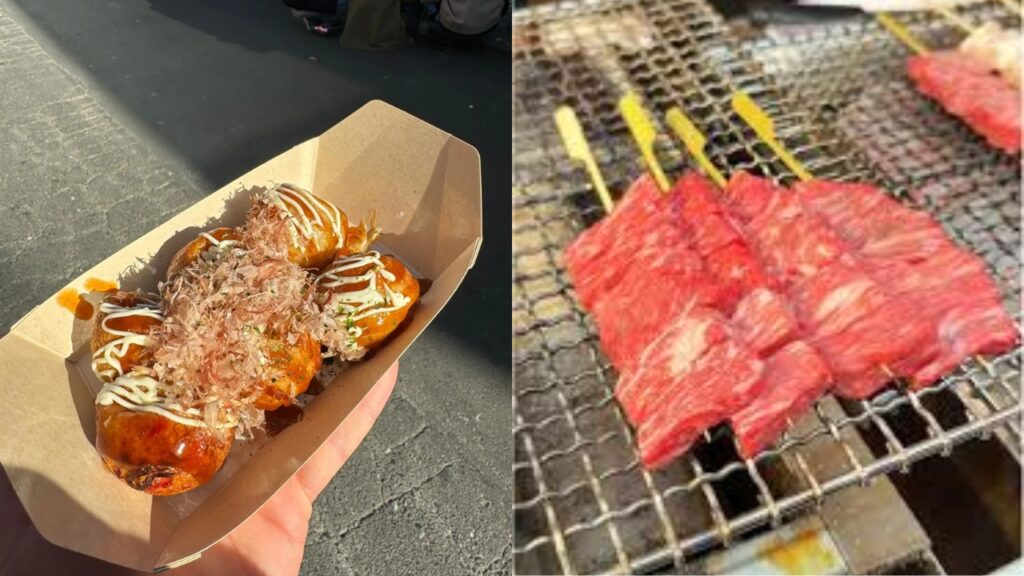
Pop Culture, Subcultures & Nightlife—Your Otaku Playground
- Western Japan’s equivalent of Akihabara is Nipponbashi Den Den Town (Osaka), which is walkable from Namba/Shinsekai and has cosplay, anime merchandise, vintage video games, maid cafés, and sporadic street festivals.
encounters with a theme. - Osaka’s pop culture scene, which includes classic arcades and carefully curated manga cafés, is less crowded than Tokyo’s but just as engrossing, making it the ideal evening addition to daytime cultural tourism.
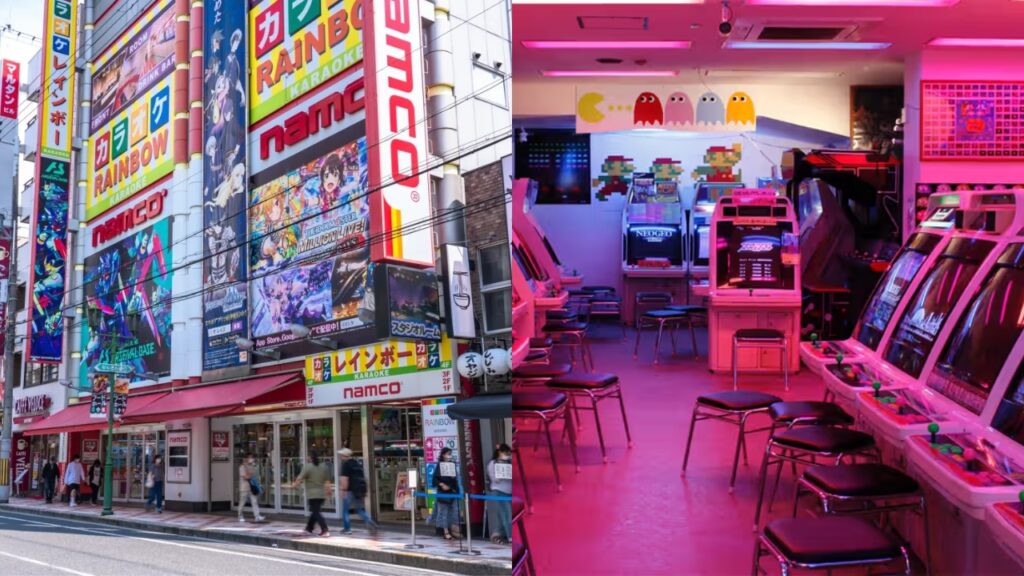
Budget, Etiquette & Quick Tips
- Markets and etiquette: Avoid eating while strolling around Kyoto’s markets; instead, wait at the stall and return disposables; the locals will enjoy it, and your pictures will too.
- Peak-proofing involves visiting famous locations early, putting indoor and market time in the middle of the day, and saving neon and night art for after dark.
- Spend wisely: Young tourists in Japan, particularly men aged 18 to 29, are spending more money on experiences rather than merely lodging and transportation.
Final Thoughts—Travel That Feels Like You
In Japan, Gen Z travel is all about agency: knowing when to connect with others, when to go solo, and how to strike a balance between deeper sustenance (nature, mindfulness, and food history) and dopamine spikes (pop culture, neon). You can do all of that in a single long weekend in Osaka and Kyoto; FOMO is not necessary.
Make It Effortless—Book a Cultural Tour in Osaka or Kyoto
Are you prepared to go beyond the main attractions?Take advantage of our small-group culture tours to get to know locals, experience local cuisine, and discover undiscovered locations that aren’t marked on maps:
Share this blog
scenic japan blogs

Live your adventure
+81 3-6824-2055
info@honeyj.co.jp
Head Office
Morimatsu Building 2F
3 Nyorai, Kita, Nagoya
Tokyo Office
Nissey Marunouchi Garden Tower 3F
1-1-3 Marunouchi, Chiyoda-ku, Tokyo

Government-Licensed Class 1 Travel Agency License No. 2149 JATA Regular Member


